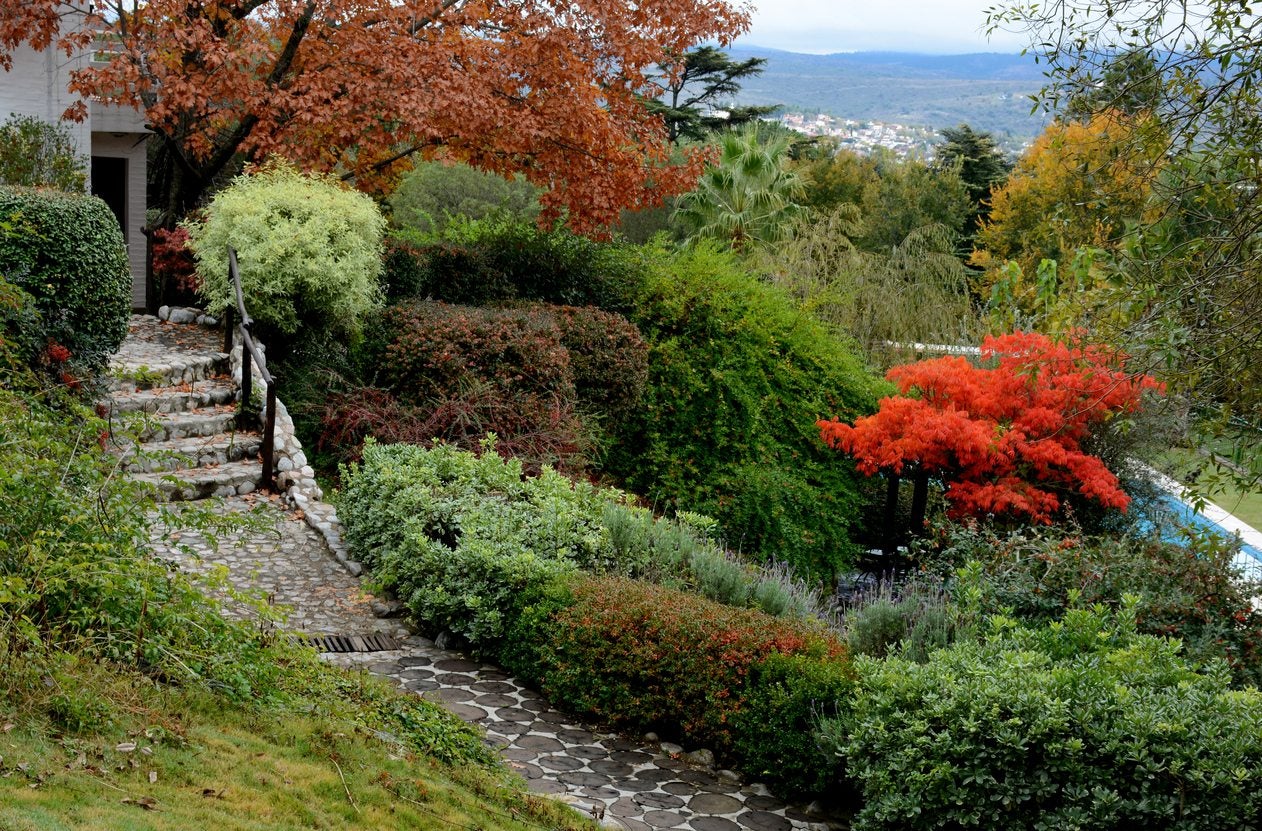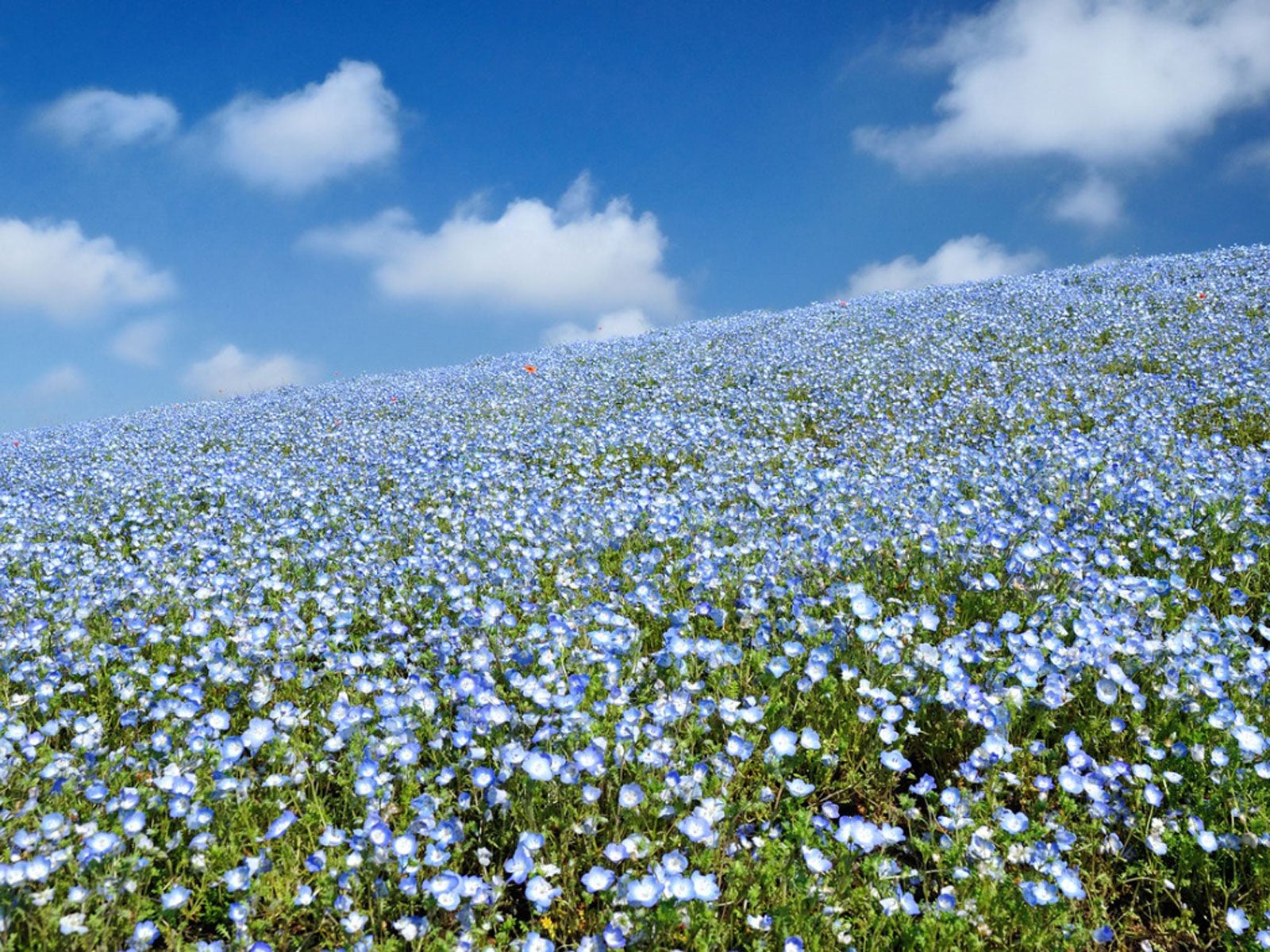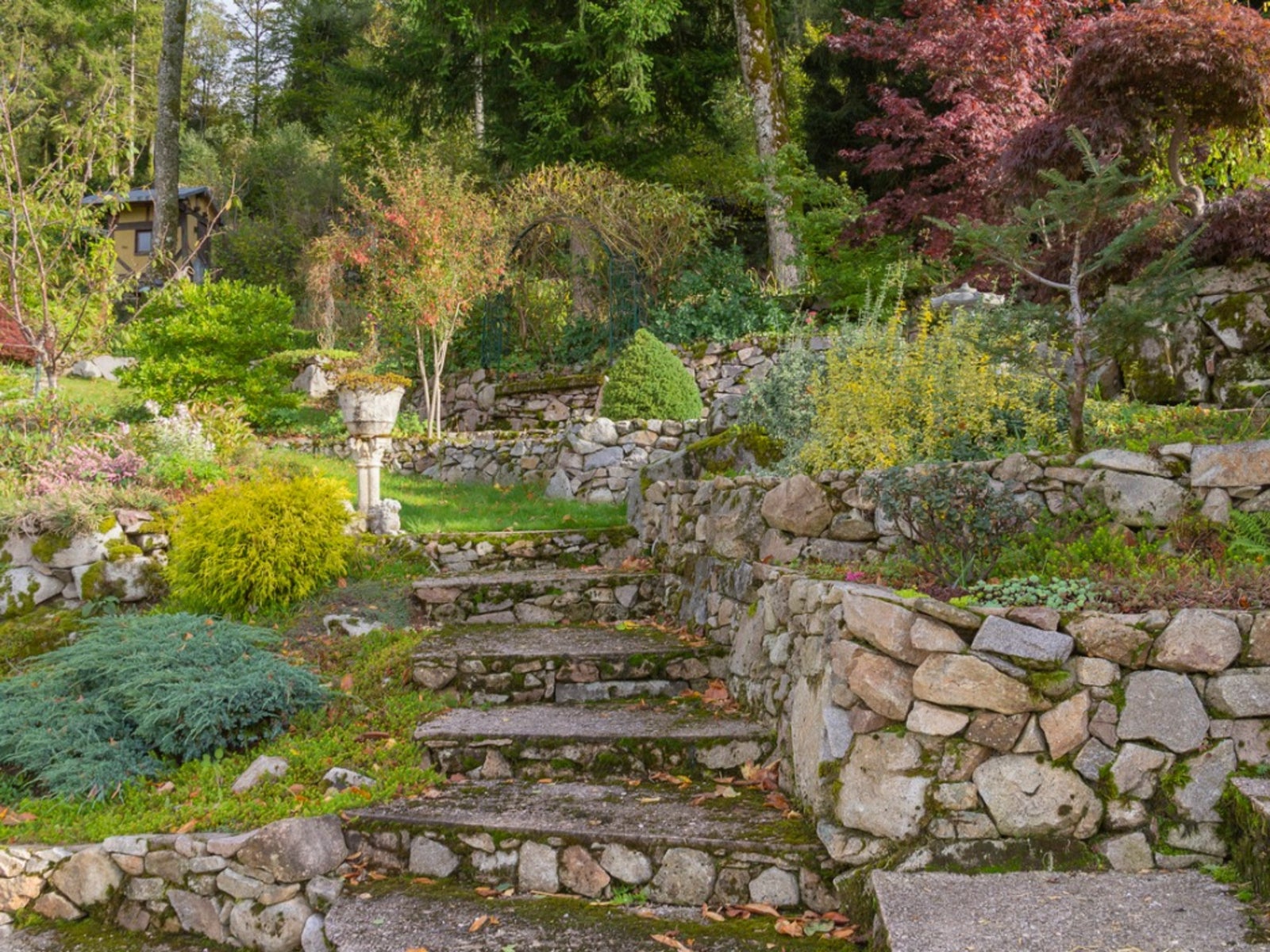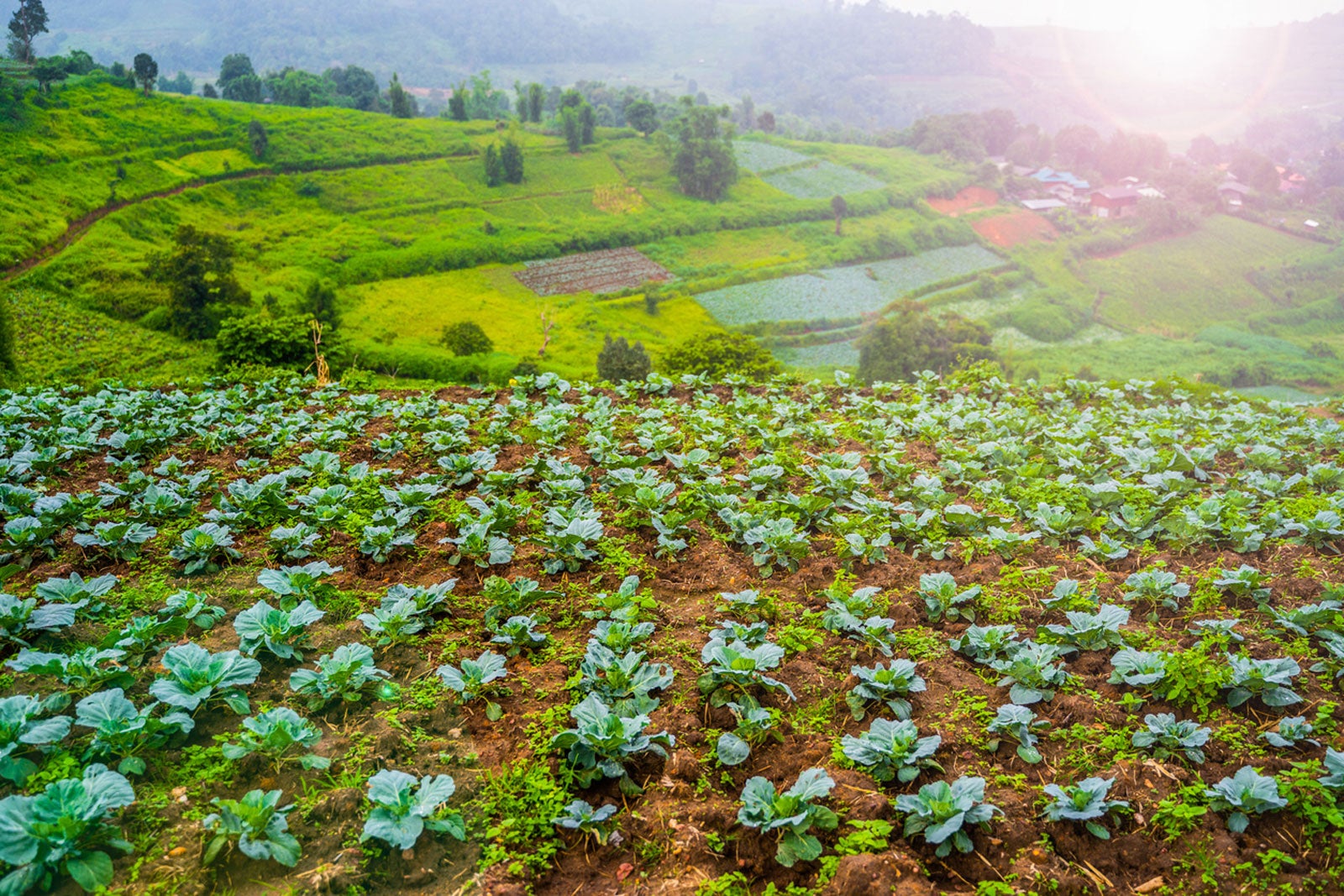Sloped Rain Garden Alternatives: Planting A Rain Garden On A Hill


When planning a rain garden, it’s important to determine whether or not it is a good fit for your landscape. The object of the rain garden is to intercept stormwater drainage before it runs into the street. To do that, a shallow pool is dug, and plants and permeable soil allow the rain garden to hold the water.
In the case of a hill or steep slope, a rain garden may not be the ideal solution. However, it is possible to have a rain garden on a hill.
Sloped Rain Garden Alternatives
For a rain garden, the slope from the highest to the lowest point in the desired area should not measure more than 12 percent. If it is higher, as in the case of a hill, digging into the side of the hill may compromise its stability, making erosion more of a problem. Instead, the hillside can be terraced into smaller rain garden pockets to preserve the integrity of the hillside. Low-maintenance shrubs and trees can be planted on the slope as well.
Other options exist for rainscaping if the hill is too steep for a conventional rain garden. If the job seems too overwhelming, it might be wise to call in a professional. Below are some tips for managing stormwater runoff down a steep hill:
- Plant low-maintenance trees, shrubs, and perennials along the slope to slow down the runoff and reduce erosion. The plantings will also stabilize the hill and increase wildlife habitats. Biodegradable erosion control netting can be added when planting to prevent any bare spots along the slope.
- Bioswales, or linear channels, can deflect water coming from a direct source like a downspout. Rock weirs, or piles of stones intentionally placed to slow down runoff, can help prevent erosion on a hill. Likewise, using stones to create an alpine slide garden with a water feature is a good way to have a rain garden on a slope.
- Terraced, small rain garden pockets can capture and retain runoff to prevent soil erosion. When space is at a premium, create a straight line of cells. With larger areas, a serpentine design is more appealing. Use native plants and grasses to enhance your rainscape.
Gardening tips, videos, info and more delivered right to your inbox!
Sign up for the Gardening Know How newsletter today and receive a free copy of our e-book "How to Grow Delicious Tomatoes".

After graduating from Oklahoma State University with a degree in English, Susan pursued a career in communications. In addition, she wrote garden articles for magazines and authored a newspaper gardening column for many years. She contributed South-Central regional gardening columns for four years to Lowes.com. While living in Oklahoma, she served as a master gardener for 17 years.
-
 Looking For Plants To Give You The Soft And Fuzzies? Try These 5 Fuzzy Leaf Plant Options
Looking For Plants To Give You The Soft And Fuzzies? Try These 5 Fuzzy Leaf Plant OptionsLovers of texture, drama, silver foliage and tactile plants will adore these special sensory garden additions. These fuzzy leaf plant options will leave you all aglow
By Susan Albert
-
 Get Ready For A Summer Of Hummers! Grow These Full Sun Hummingbird Plants and Flowers
Get Ready For A Summer Of Hummers! Grow These Full Sun Hummingbird Plants and FlowersIf you’re lucky enough to enjoy a sunny backyard, make sure you are maxing out on your pollinator opportunities and grow these full sun hummingbird plants and flowers
By Tonya Barnett
-
 Choosing Plants For Sloping Areas – What Plants Grow On Slopes
Choosing Plants For Sloping Areas – What Plants Grow On SlopesOnce you know what plants grow on slopes, you can use this knowledge to your benefit and plan a garden that both thrives and helps stabilize the hillside. Click here for ideas on choosing plants for sloping areas and how to maximize this difficult planting terrain.
By Bonnie L. Grant
-
 Ground Cover Plants For Hillside Gardens
Ground Cover Plants For Hillside GardensSteep hills in the landscape have always been a problem. Anyone who has mowed lawn on a hillside knows it?s no picnic. So what's a gardener to do? Read this article and opt for hill ground cover instead.
By Jackie Rhoades
-
 Tips For Watering On A Hillside Garden
Tips For Watering On A Hillside GardenThe biggest problem with irrigating a hill is having all the water run off before it has a chance to soak into the ground. Controlling this runoff is important. Read here to learn more.
By Nikki Tilley
-
 Growing A Vegetable Garden On A Hillside
Growing A Vegetable Garden On A HillsideAlthough most people would prefer a nice, level vegetable garden, this isn't always an option. For some of us, slopes and hillsides are a natural part of the landscape. Learn how to grow vegetables on a hillside here.
By Nikki Tilley